This flavorful homemade turkey rub recipe is so simple and delicious, you’ll want to make it to put on everything! Make a big batch and store it in the pantry.
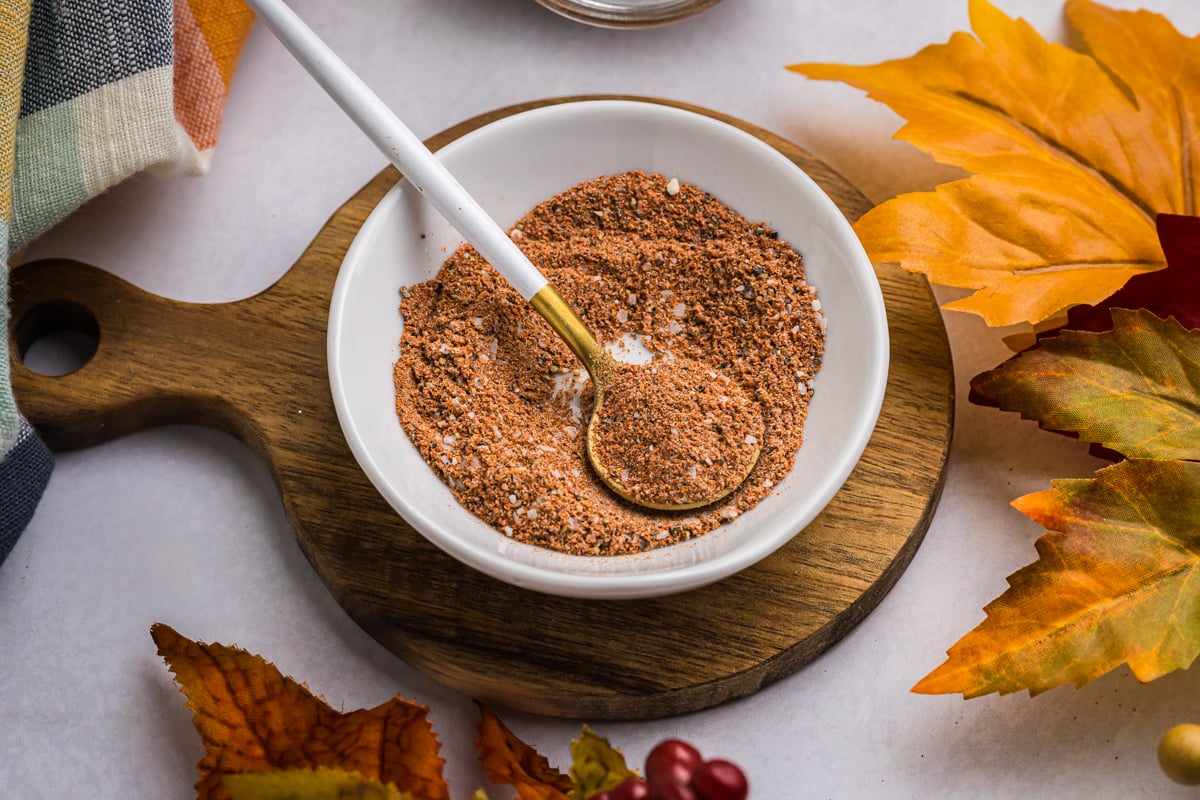
I like to think that there are a million ways to make the best turkey. We play around with our recipes every year and every year we declare the new one “the best”!
Turkey Seasoning
The truth is, turkey is like a blank slate waiting to be seasoned and it is up to you, the culinary artist to make that happen. We developed this custom blend of spices to be used alongside either our turkey brine or turkey injection and the simple, 7-ingredient recipe has since gone bonkers.
The drippings will be perfectly balanced and ready to use in gravy from drippings. The next bonus- it isn’t just limited to a whole bird. Use this custom spice blend on turkey breast, chicken, pork or even in burgers or on veggies.
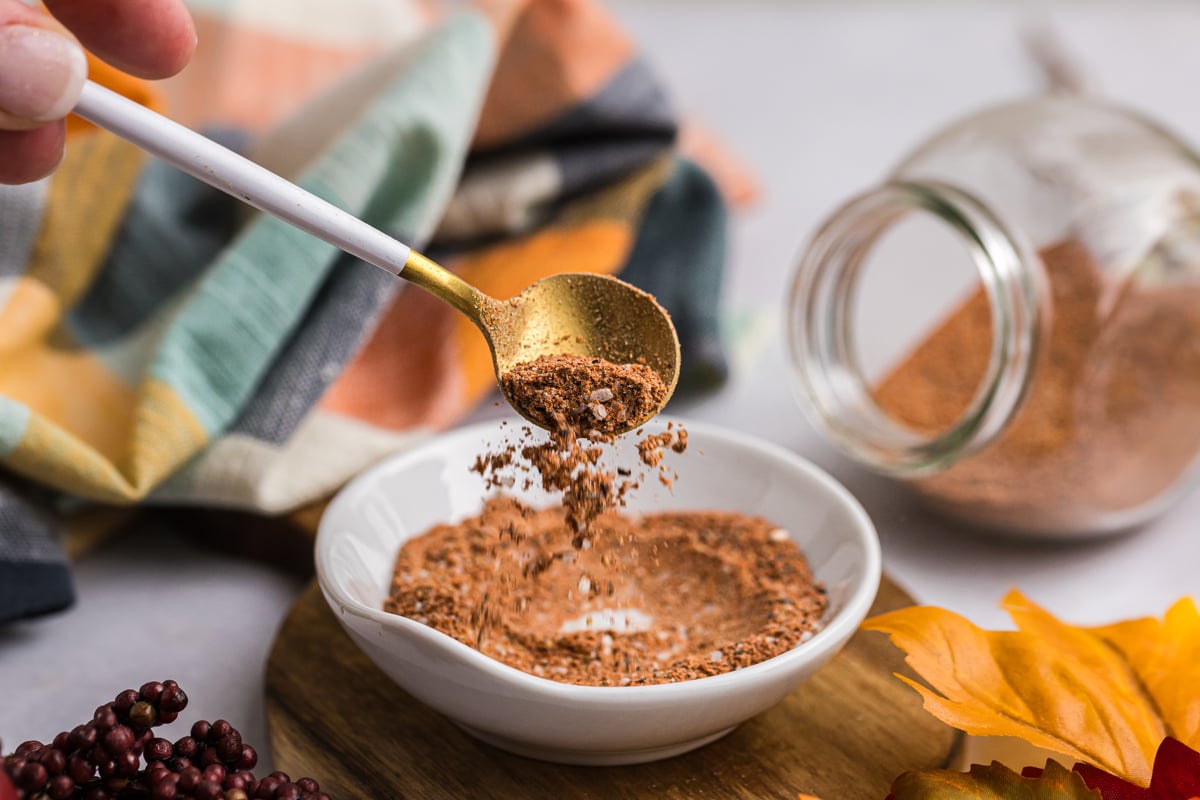
Turkey Rub vs. Turkey Dry Brine
Basically a turkey rub is perfect for the person who forgot to brine (dry brine or wet brine). Or maybe forgot to buy the overpriced, premade stuff at the store. Or the person who is making a turkey for the first time….
Dry brine is something you would put on a day or so in advance and is super salt heavy. Here is my basic dry brine for turkey recipe if you want to try those and have the time on your hands.
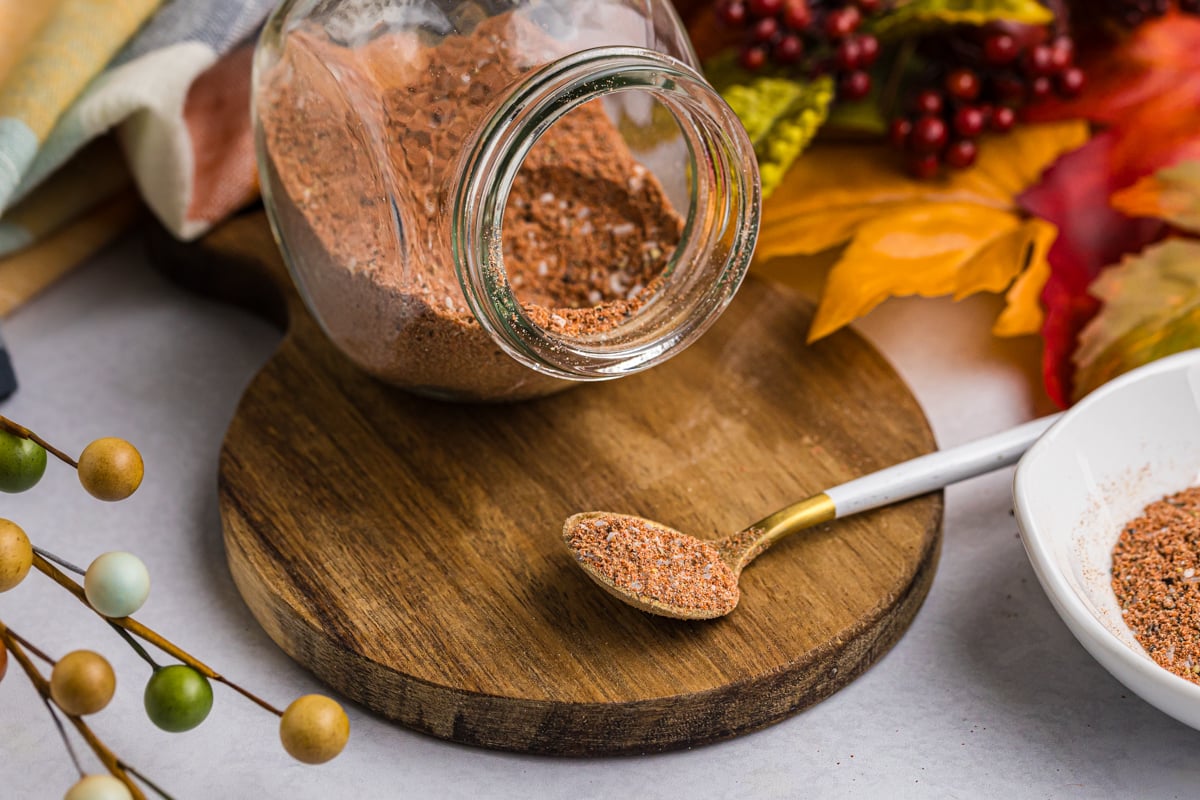
Ingredients
Asking yourself exactly what those turkey rub ingredients are that you have in the pantry, here ya go! Ingredients can run the gamut in variety and amount. Some of the most popular seasoning ingredients include:
- Coarse Kosher Salt- Salt is the magic that makes any bird juicy and flavorful. It seems like a lot, but honestly, you could go heavier and still not feel oversalted. Coarse kosher salt is less salty than table salt. I like using Diamond Crystal, which has less sodium and larger crystals than Mortons. If using Morton’s dial it back by 25%. If using a fine sea salt, reduce by a little more than 50%.
- Chili Powder- Chili powder is a blend of dried chiles that was meant to season chili the stew, but in a recipe like this the mild pepper flavors and hint of spice balance with the salt and other savory items. It will not be spicy- it is just enough to provide flavor, not heat.
- Paprika– Smoked paprika or sweet paprika can be used. I prefer smoked. Neither of these are spicy, but if heat if what you are aiming for, feel free to use hot paprika.
- Ground Black Pepper- Freshly ground black pepper will provide the most robust punch. White pepper is slightly milder. For the most interest and sophistication, grab a peppercorn blend. Freshly grinding also provides the most natural flavor. Bottled ground black pepper can taste a little like sawdust (you didn’t hear that from me…)
- Onion Powder- Onion flavor without a whole onion. It is dehydrated and ground onion.
- Garlic Powder- Same goes for garlic powder. I like using powder here because it won’t burn like fresh garlic would at the heat and length it takes to roast a bird.
- Cayenne– This is spicy and optional, but in such trace amounts that even your pickiest of eaters won’t detect it as heat. Even my 2-year-old eats this rub.
Even with this recipe, it is forgiving, so you can measure exactly or eyeball it. I used to add 1-2 tablespoons of brown sugar to the mix as well.
This hint of sugar and molasses is divine for making a nice crust on a roasted turkey or smoked turkey, but tends to burn and make a lot of smoke on a fried turkey so we took it out to make the recipe better for any preparation.
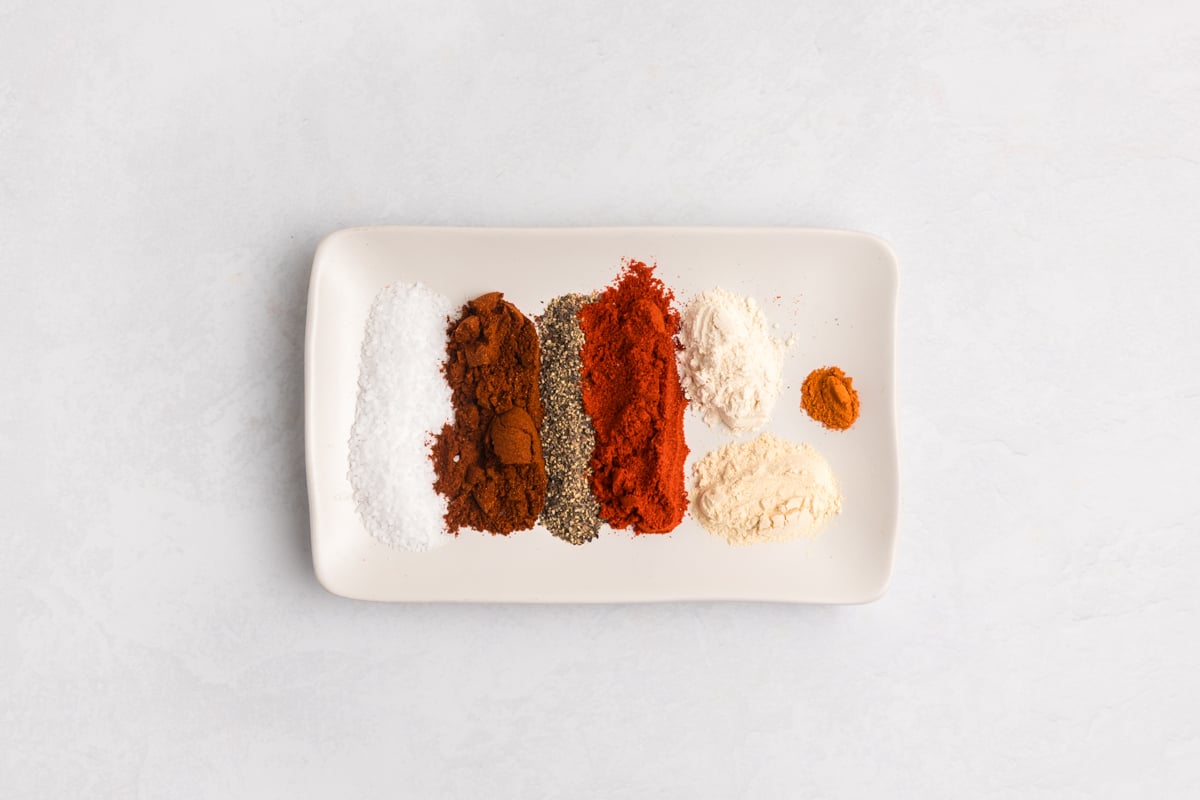
How Much Seasoning for Turkey?
Turkeys don’t come in nice, even weights and therefore you’ll need a different amount of seasoning for every single bird. The volume isn’t a perfect science, so don’t stress, just use this a basic jumping off point.
As for seasoning per pound, I like to use 1 1/2 tablespoon for every 3 pounds. This recipe makes 4 1/2 tablespoons and is good for a 10-14 pound turkey.
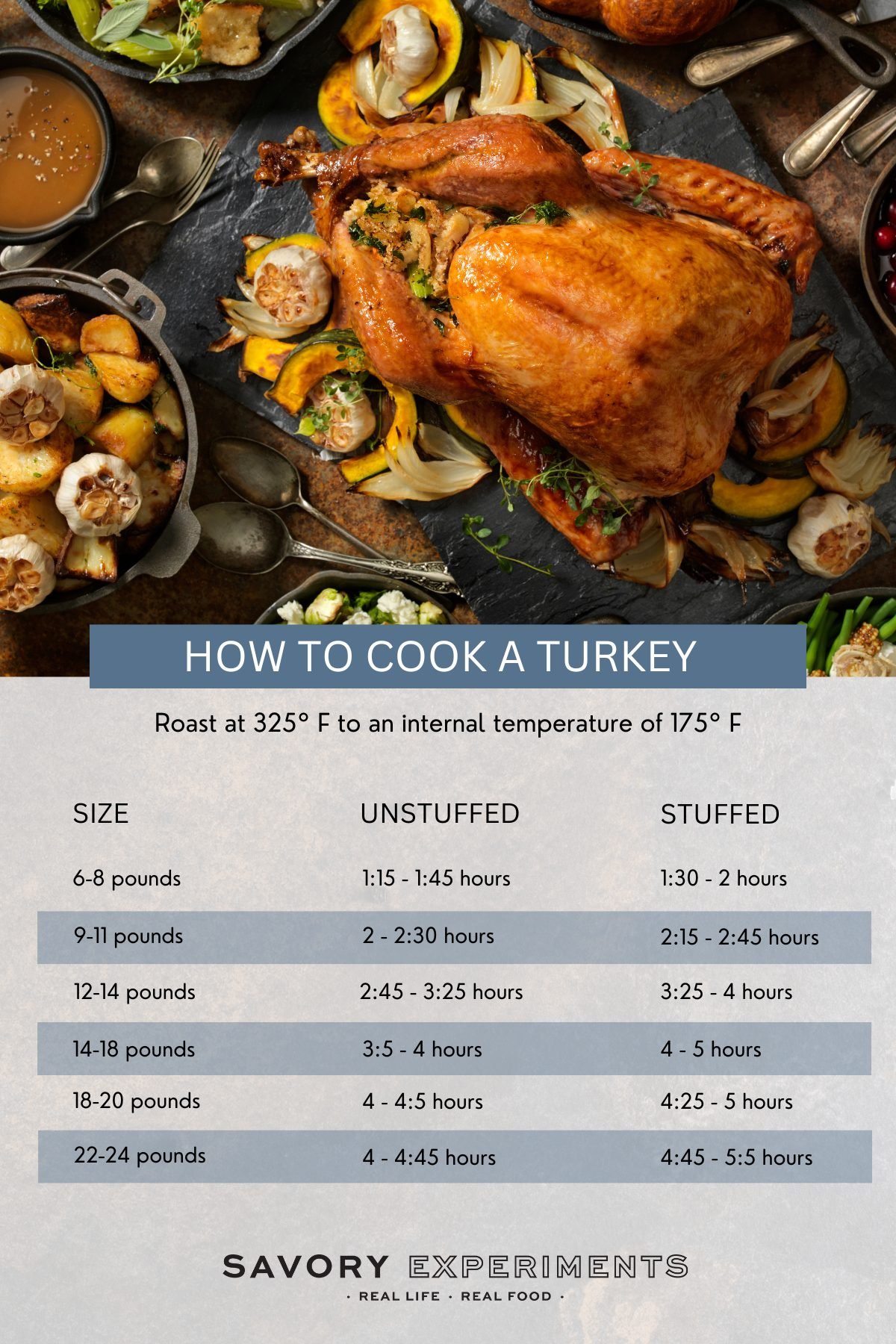
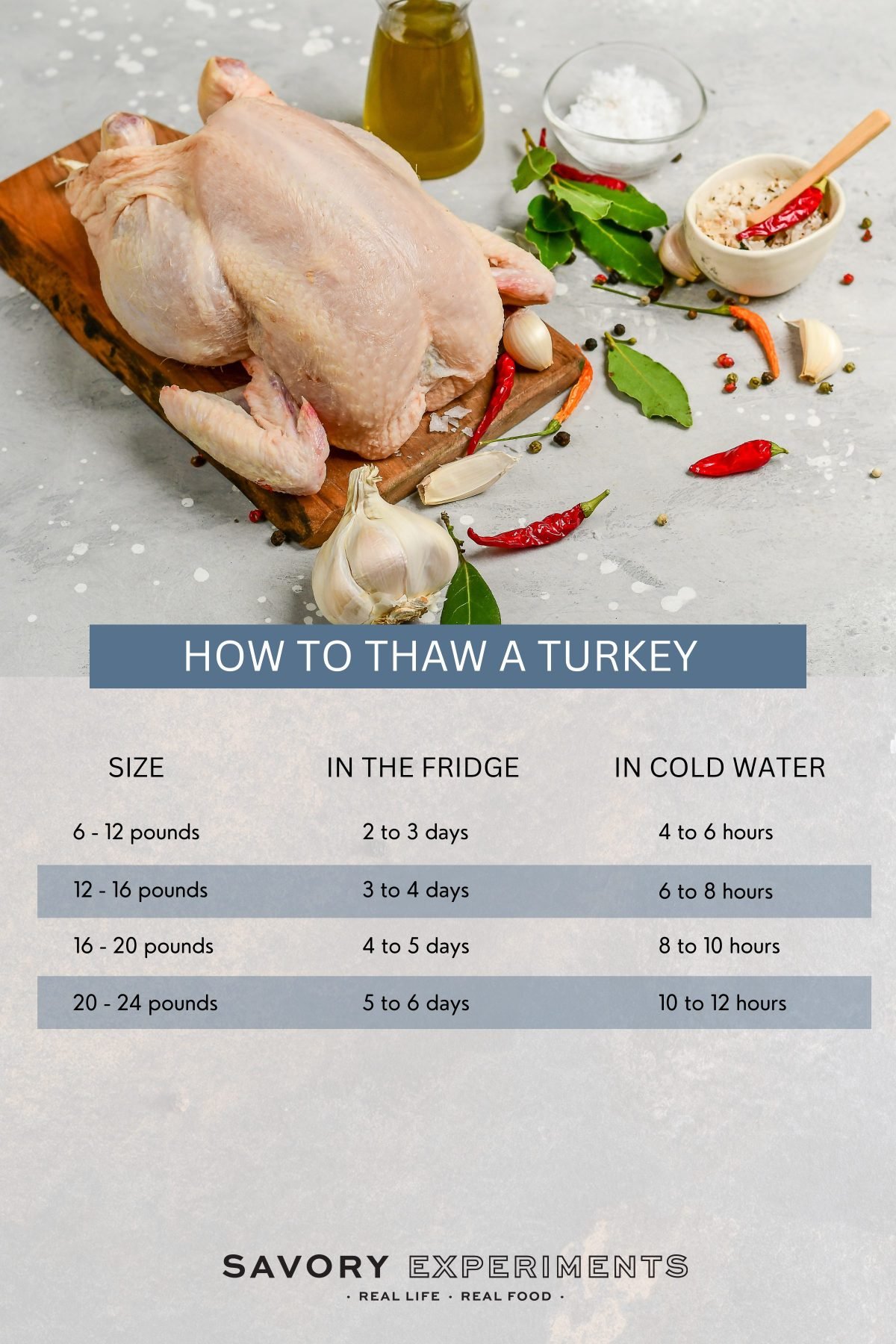
Lower Sodium
Someone in your family watching salt? Make a low-sodium turkey rub by dialing back the salt volume. The other ingredients will compensate for the lack of salt.
I also highly recommend using Kosher salt due to its large grain size, it ends up tasting less salty and sticks better.
Do not, under any circumstances use table salt. Iodized salt will make your bird taste metallic. It will also make your bird more salty since the grains are smaller, you end up getting a lot more salt.
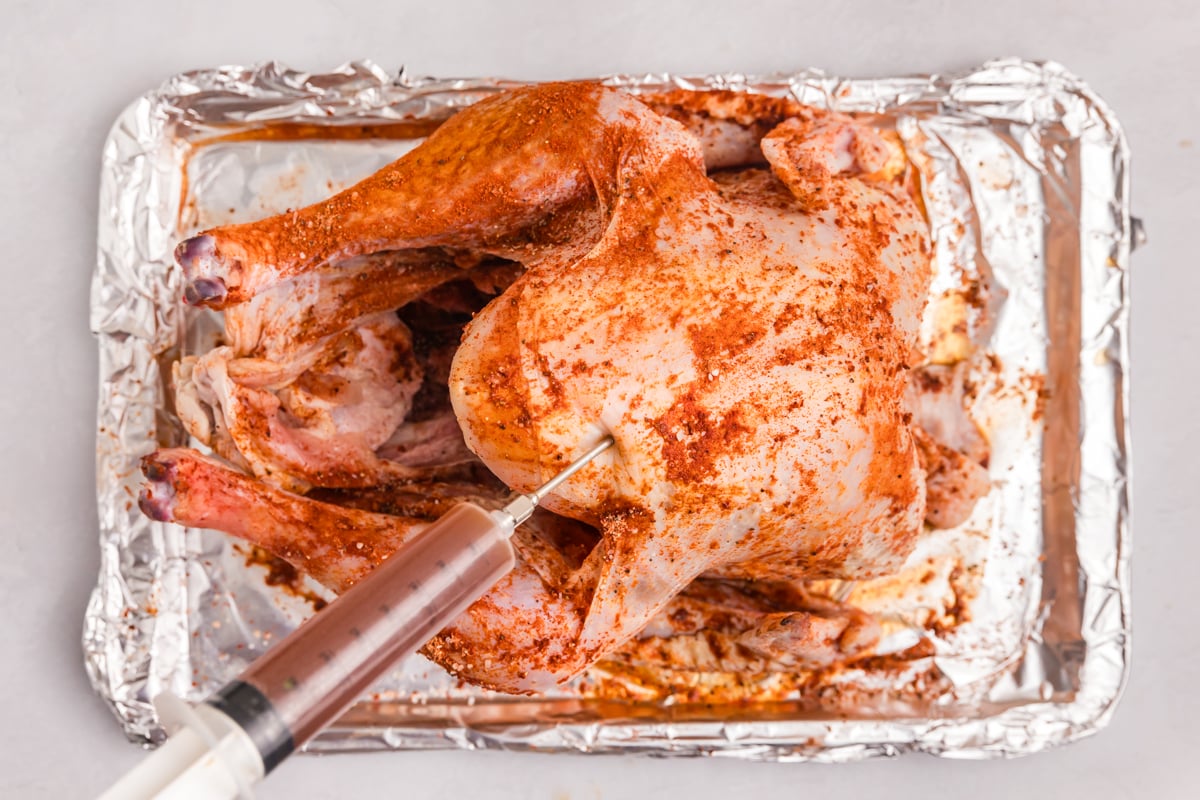
Spicy Turkey Rub
Like spice? Increase heat. You are getting the idea, right? Spices for the perfect turkey can be cayenne pepper, crushed red pepper flakes or any chile powder. An ancho chile powder will give off a smoky flavor, while ghost pepper powder will make your nose run. It all depends on personal preference. My new favorite is aleppo pepper.
More Flavor Variations
Use this simple seasoning mixture as a base and then come up with your own special blend. Here are a few more ideas. Remember that flaky dried herbs will have a higher chance of burning if you plan to fry your flavorful turkey. Be creative!
- Lemon Zest
- Orange Zest
- Coriander
- Celery Salt
- Fresh herbs
- Rosemary
- Sage
- Ground Cloves
- Thyme
- Parsley
- Tarragon
- Poultry Seasoning
- Herbs de Provence
- Nutmeg
- Allspice
- Ground ginger
- Ground cardamom
- Garam Masala
- Dried mushrooms (ground)
- Cinnamon
- Smoked salt
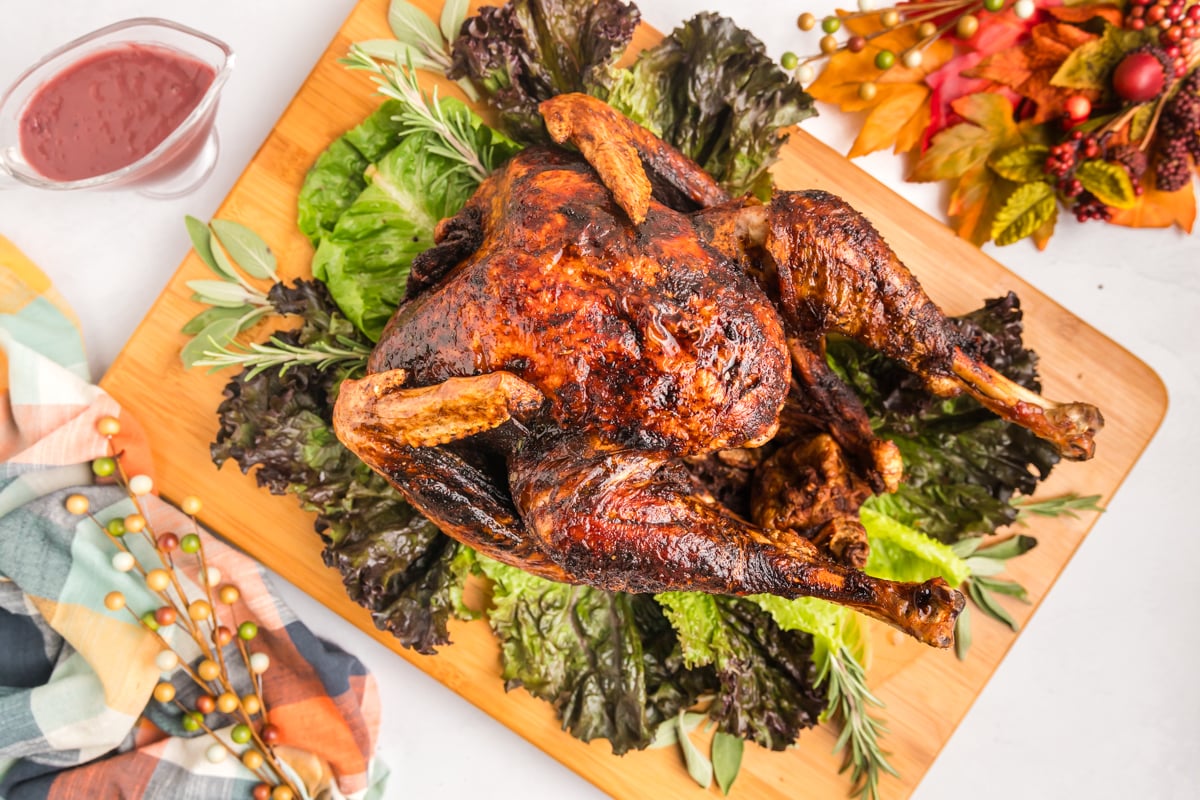
Making the Rub
So… STOP… and take 3 minutes (yes THREE MINUTES) to make your own and save your $5.99. You won’t regret it! And then think of all the magical things you can spend your six bucks on.
- Mix together the savory flavors in a small bowl.
- Store until ready to use in an airtight container.
- Sleep well knowing you’ve just made the best seasoning.
After you make you make your own homemade turkey rub, you can smoke it, fry it, roast it or even air fry turkey! Yes, they just started making air fryers large enough for an entire turkey!
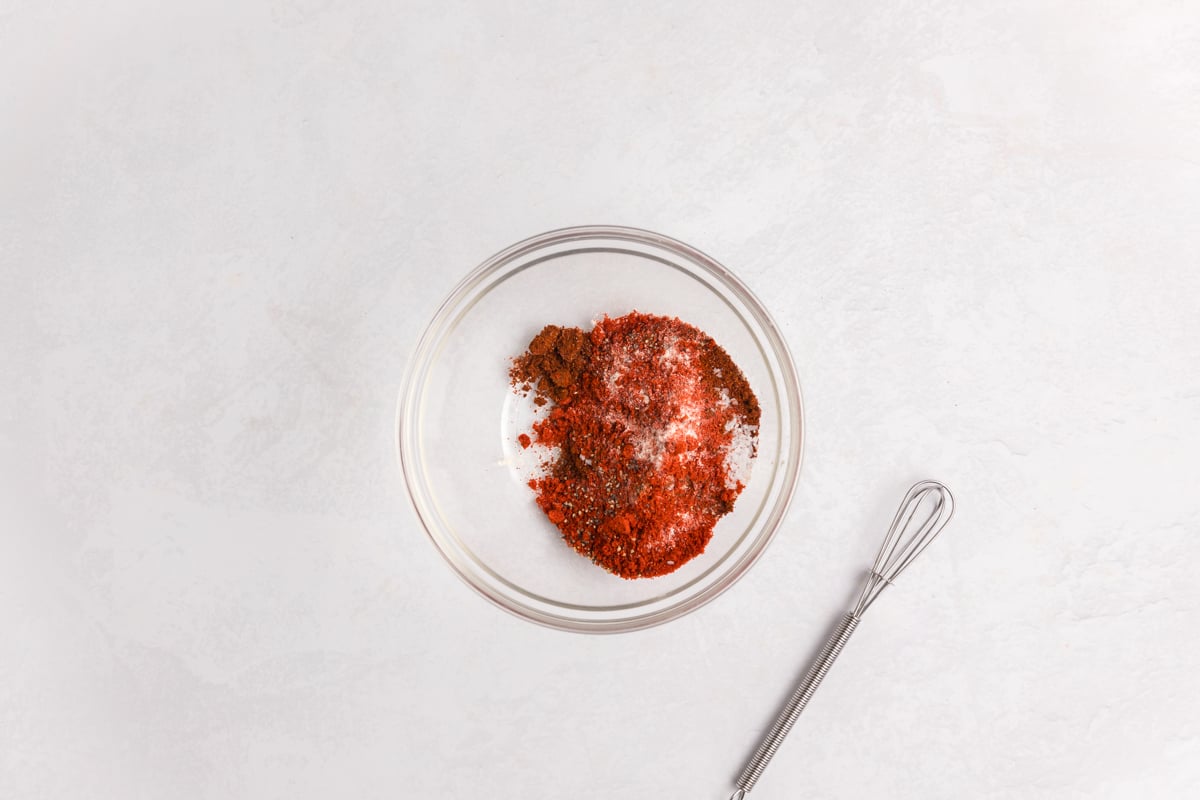
How to Season a Turkey
Wondering how to season a turkey? Well, the answer really lies in how you plan to cook your bird. Be sure to get your seasoning blend into all the nooks and crannies of your whole turkey, even on the inside or if you plan to use a stuffing. Get all around those turkey legs, un the turkey’s skin and dig deep into the cavity for great flavor all around.
Fried Turkey: If you are going to fry a turkey, you need to use a dry rub, which means no butter or olive oil. Just rub on the skin of the turkey that has been blotted dry with a paper towel. Here are more detailed instructions on how to fry a turkey.
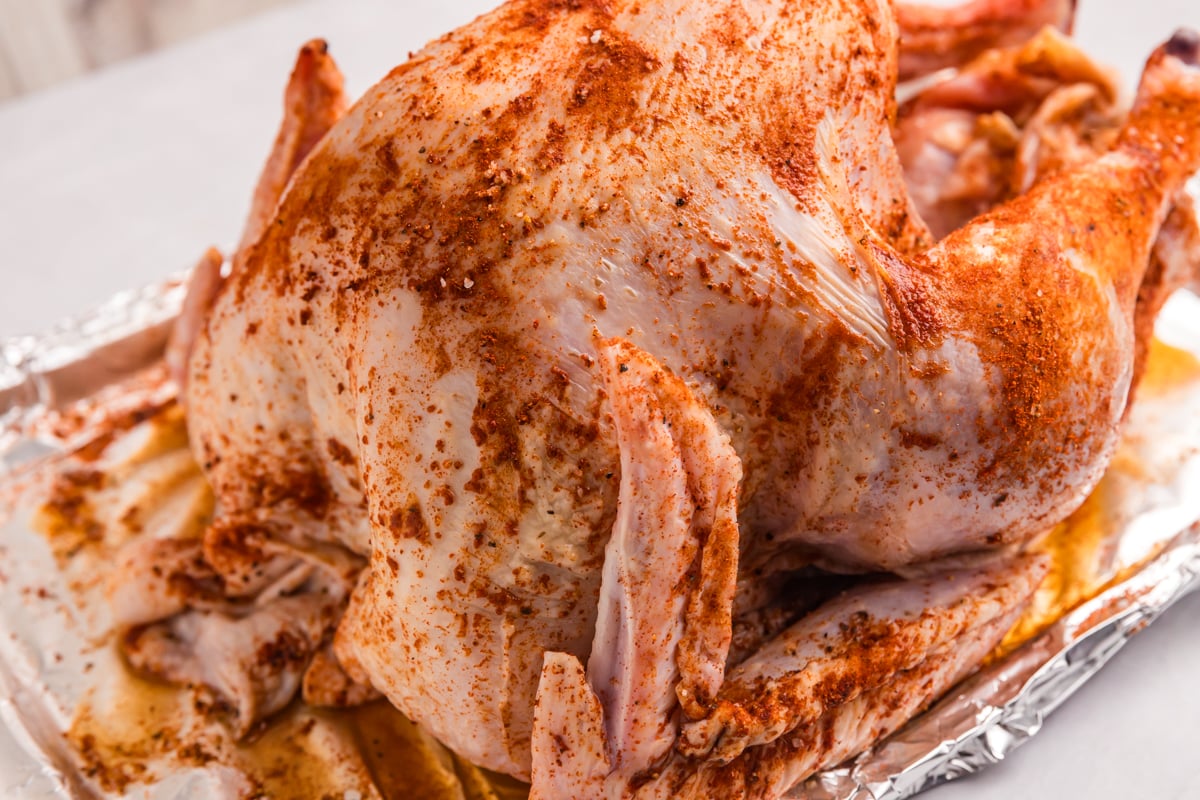
Smoked Turkey: Don’t worry, it will still stick to a dry turkey. In some cases, it actually holds on better. Think about rubbing a pork tenderloin or chicken, in those cases the meat is also blotted dry. You’d follow these same instructions for a smoked turkey and here are instructions for a pellet grill smoked turkey cooking times.
Roast Turkey: If you plan to roast your bird, you’ll want a wet rub, which means using a fat like olive oil or butter mixed with the spice rub. It basically makes it into a compound butter.
I use about 1/2 cup of butter for a 12 pound turkey. Measurements don’t have to be exact. Butter is delicious, use a lot of it, but also beware that it will just melt off into the juices, so you’ll likely need to baste your heart away while cooking to keep it nice and buttery and keep the spices from just melting off. Clarified butter won’t burn at temps above 350°F, so this would depend on the recipe you plan to use.
To prevent the spices and butter from melting off, you can also rub the turkey under the skin so it doesn’t get away. RUNAWAY FLAVOR is a no-no.
To do this, start with a piece of skin around an edge and gently massage the skin up using your fingers. It might seem stuck, but it will loosen, I promise!
Pro Tip
Use all those pan juices from the roasting pan and make a fabulous turkey gravy. No need to add extra salt and pepper since it is already in the seasoning!
Our favorite recipes for roast turkey include an Orange and Anise Turkey, Classic Juicy Roast Turkey and the Butter Cheesecloth Turkey method.
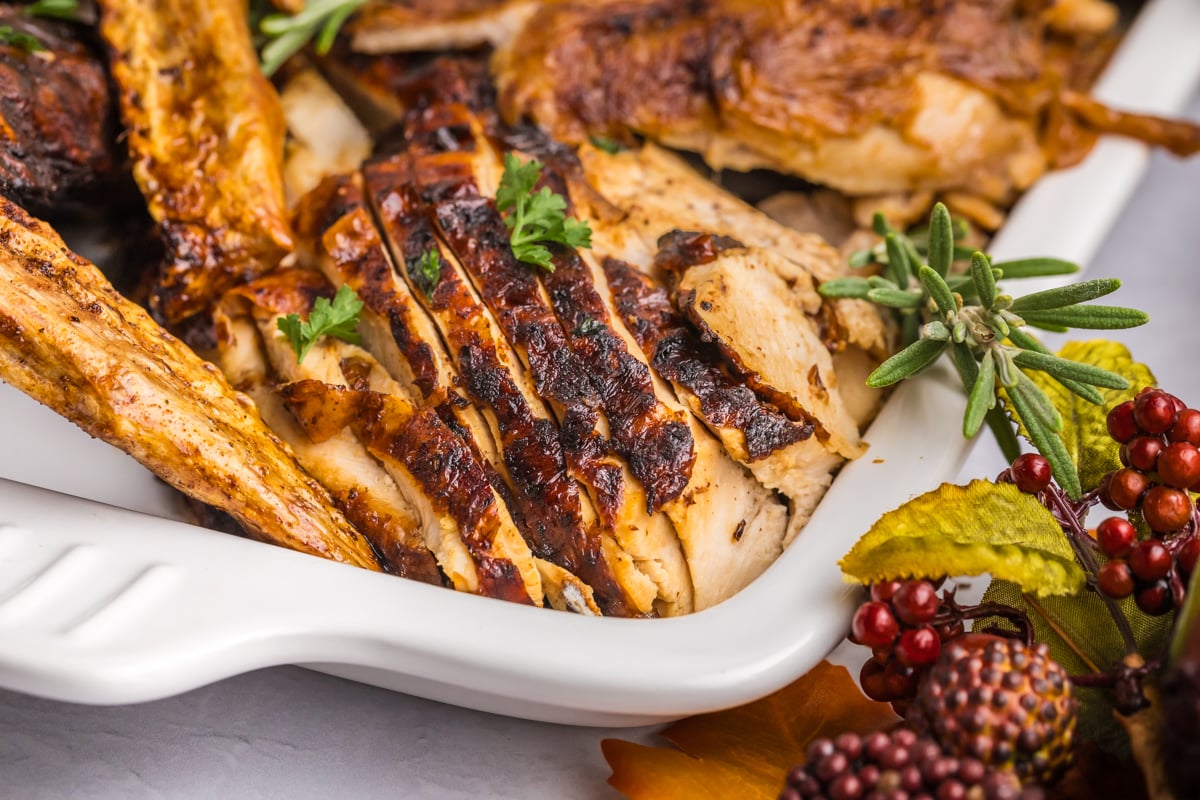
Common Questions about Seasoning Turkey
You can apply it up to 12 hours before you plan to roast, fry or smoke your turkey. Don’t put it on too early because it has a lot of salt and you don’t want a salty bird.
See my notes above, you totally can, but make sure it isn’t too far in advance, I would say 12ish hours.
Like brining, you can actually do too much will gives you a rubbery texture and salty flavor.
The same as this turkey rub, but with a can of beer up the turkey’s rear end, like beer can chicken. Feel free to add one for more flavor, but also make sure to use a flavorful beer.
Lite beers won’t cut it. I honestly don’t think it adds that much flavor or moisture. And certainly don’t put a beer can up the turkey’s butt if you plan to fry, this technique is for smoking and roasting only.
It is just a term that means “a little bit of everything” like a garbage plate. I guess technically speaking, this is a trash can turkey rub. I don’t like to use the term trash in anything that has to do with my Thanksgiving turkey.
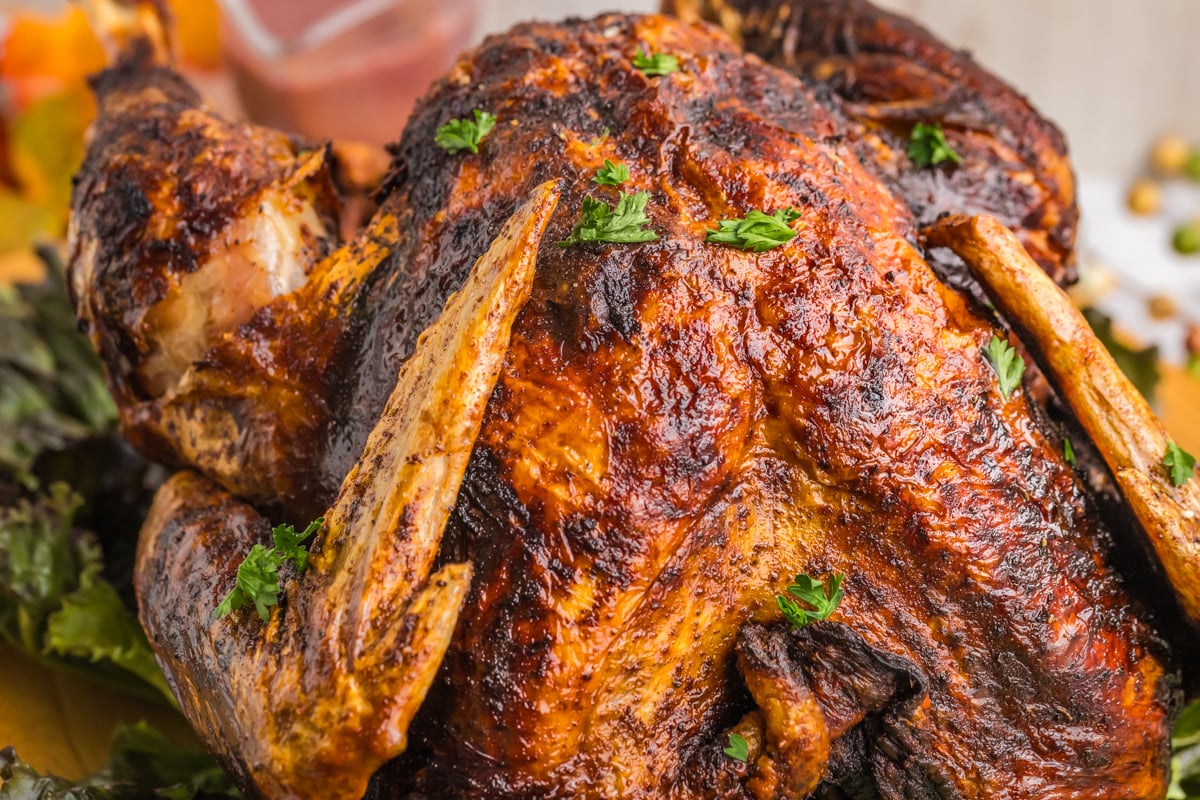
Serving Suggestions
Now that you’ve made a turkey, what will you serve it with? Here are a few Thanksgiving sides that pair perfectly with your winning turkey dinner.
And after you are all finished, save the bones to make Turkey Stock, Turkey Noodle Soup or check out one of our favorite 50+ leftover turkey recipes.
Homemade Turkey Rub Recipe
Ingredients
- 1 tablespoon coarse Kosher salt
- 1 tablespoon chili powder
- 1 tablespoon paprika
- 1/2 tablespoon ground black pepper
- 1/2 tablespoon onion powder
- 1/2 tablespoon garlic powder
- Dash of cayenne
Instructions
- In a small bowl, stir together the 1 tablespoon coarse Kosher salt , 1 tablespoon chili powder, 1 tablespoon paprika, 1/2 tablespoon ground black pepper, 1/2 tablespoon onion powder, 1/2 tablespoon garlic powder, Dash of cayenne .
- Rub the spice blend evenly over the turkey and under the skin.
- Prepare as desired- roast or fried.
- If you've tried this recipe, come back and let us know how it was in the comments or star ratings!
Video
Nutrition
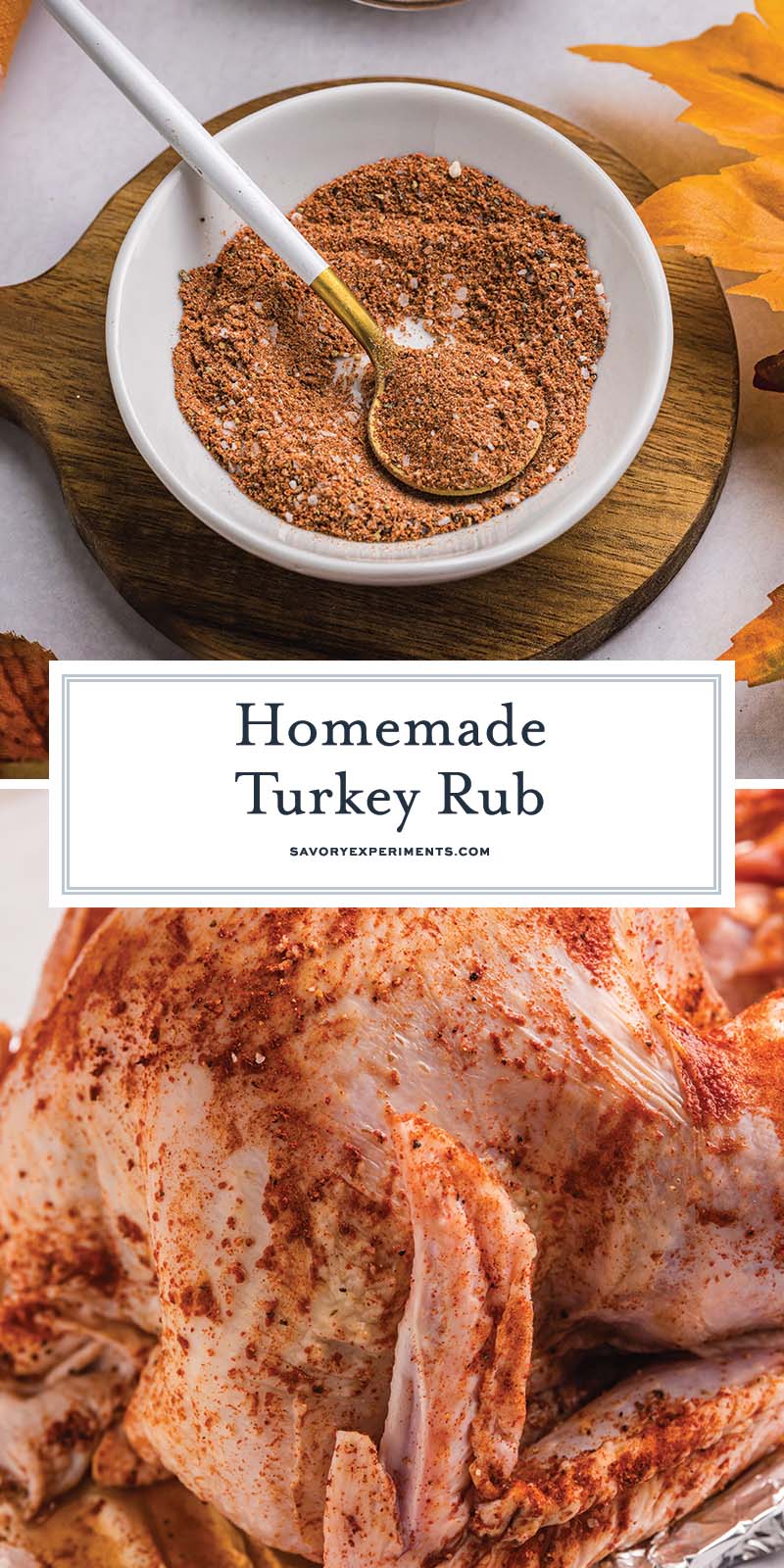
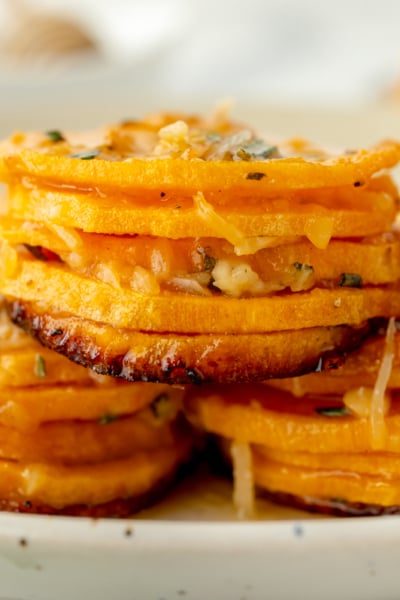
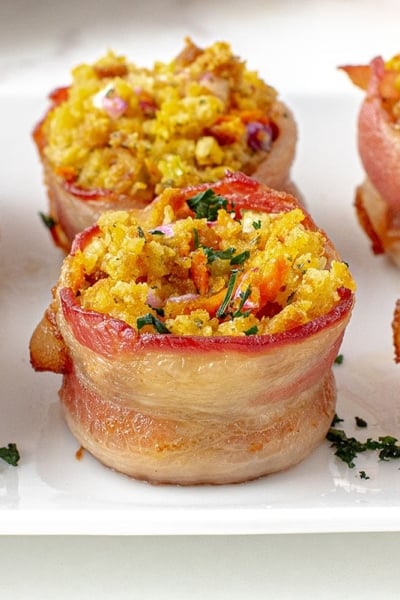
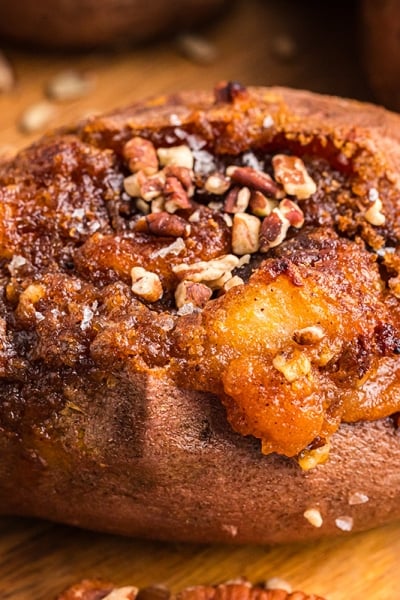
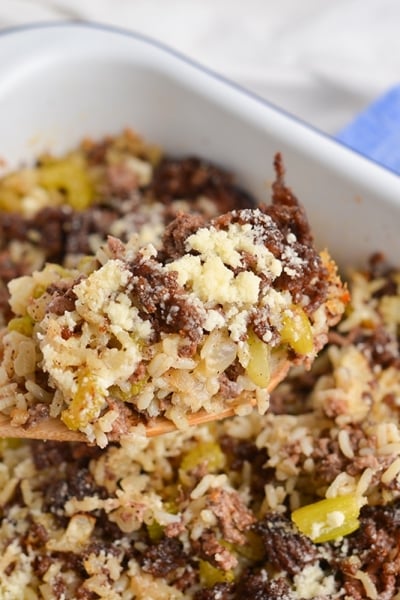
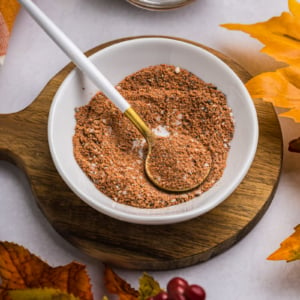

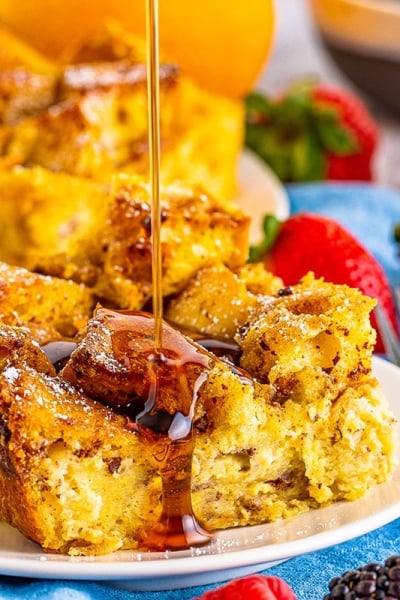
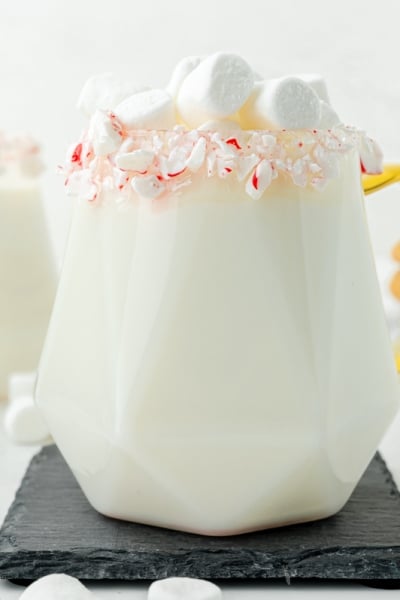

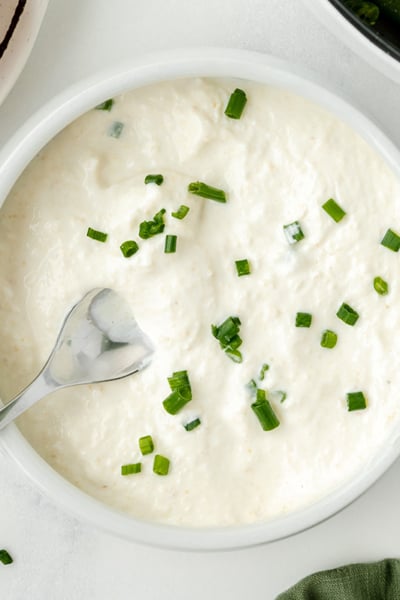













I tried the rub on Thanksgiving. Everyone raved about the Turkey. 1st time using it I love it & using it again on Christmas. 👍👍👍😊
Does it need the onion ? I am out!
Nope- just leave it out and double up on other ingredients.
I used this rub on a 12LB turkey. It’s yummy! I smeared butter all over/under the skin, I put the rub inside & out and put 2 sliced lemons in the cavity. I let it cook for 3 hrs, then let it rest for one hr. It’s great!
I made this recipe, with Ancho chili, because I ran out of chili powder and I added 2 tbsps of brown sugar. My roommate is from Mexico and I wanted to liven up my turkey for Thanksgiving with a bit of spicy rub. I massaged it under the skin of the front and back, he really enjoyed it. Me too.
Delicious! We use this recipe every year and it always pleases.
Been making this for years and it’s always a winner.